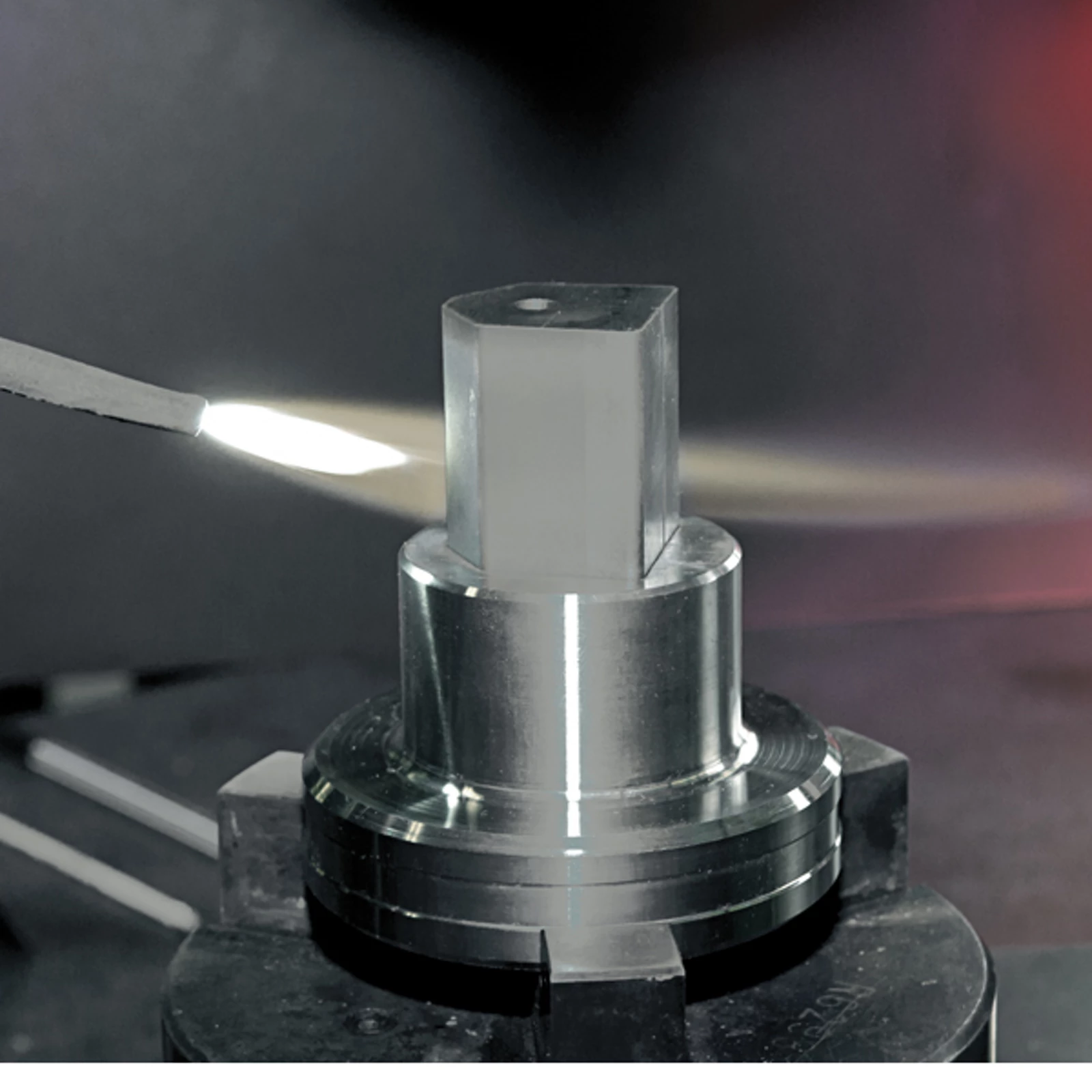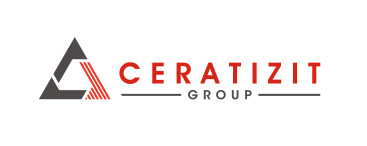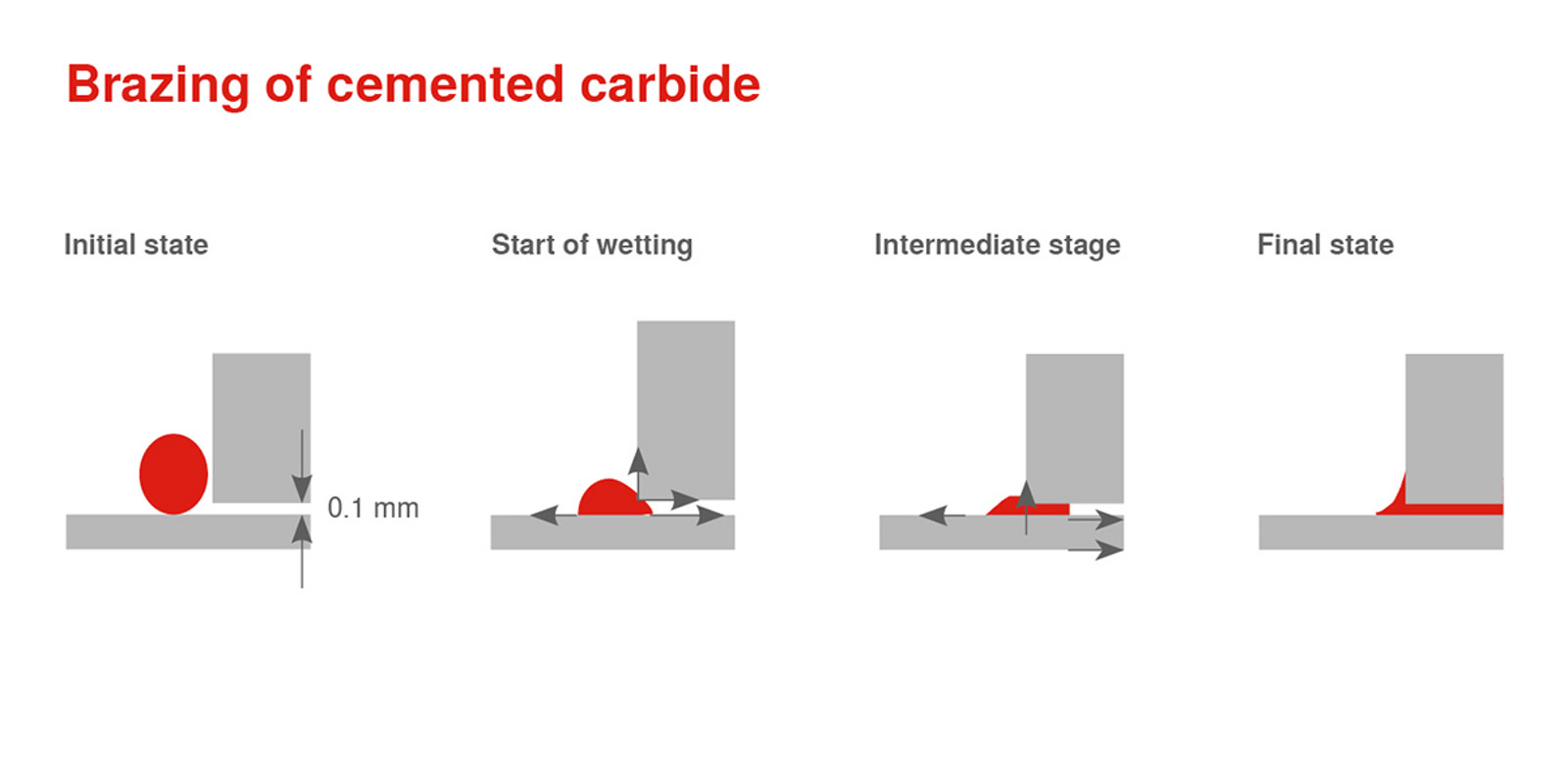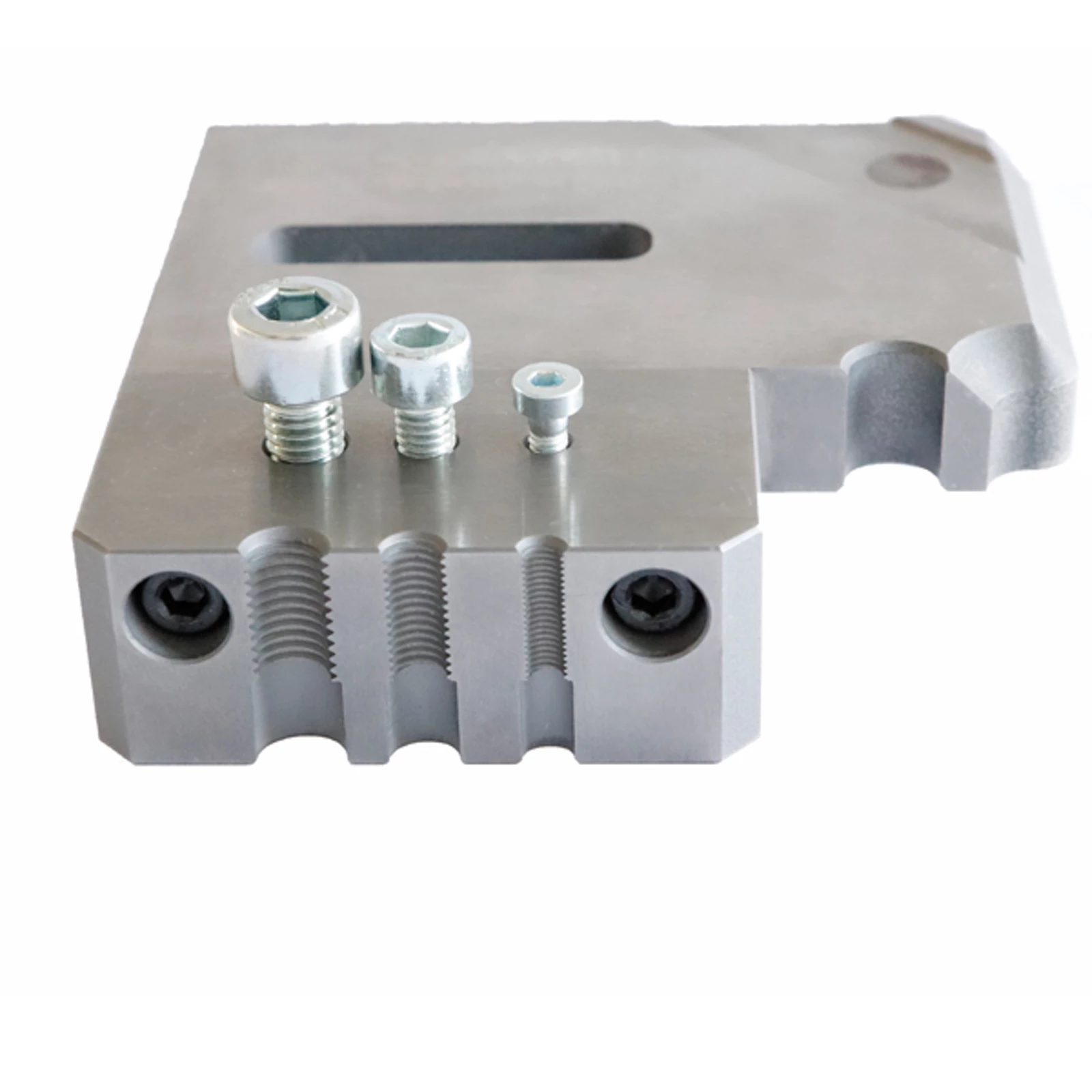
When joining cemented carbide with other materials its special properties must be taken into account:
- Carbide is a brittle material
- Edges have to be protected (use radii, chamfers etc.)
- Fits and guides need to be adapted to the material properties (angularity, clearances, centring etc.)
- The combination of different materials almost always causes stress close to the joint because of the variation in rigidity





